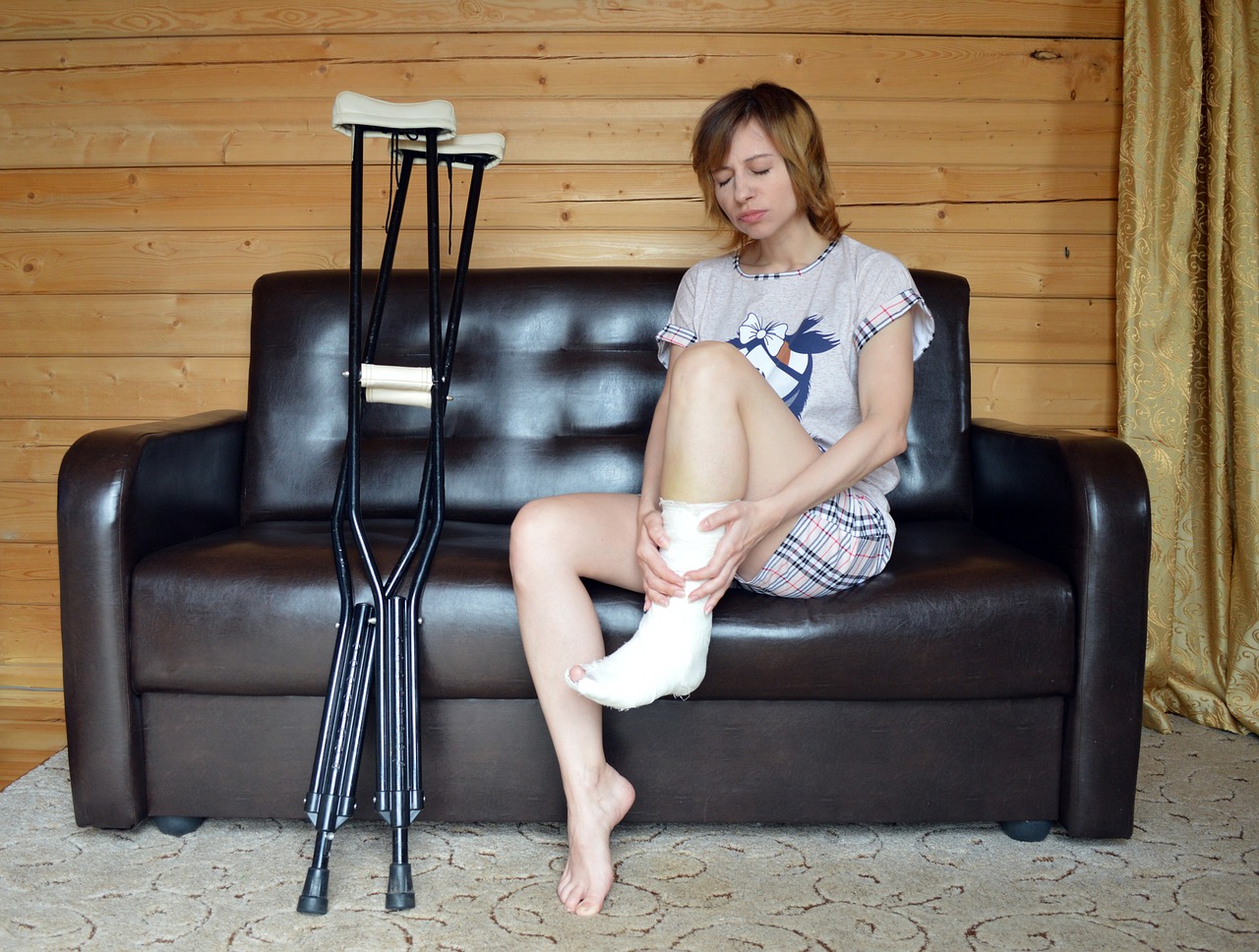While broken bones are more common in the fragile limbs of young children and the elderly, anyone can suffer a break (or fracture) of a bone. Fractures and broken bones make up some of the most common orthopedic complaints with close to 7 million people seeking medical attention each year in the United States. When you’re looking to speed up the healing process or ease discomfort, familiarize yourself with home remedies for broken bones.
The Human Foot has 26 Bones
Commonly, doctors divide the foot into three parts: the hindfoot, the midfoot, and the forefoot.
There are two bones in the hindfoot. These are the talus, which is where the foot attaches to the leg, and the calcaneus, which forms the heel.
Five smaller bones called the navicular, cuboid, and three cuneiform bones make up the midfoot.
The long part of the foot is called the forefoot and contains 19 bones. There is a metatarsal for each of the five toes; the big toe is made up of two phalanges, and the other toes each have three phalanges.
In addition, the foot sometimes has small pebble-like bones called sesamoid bones. These bones do not perform any necessary function and are often called accessory bones.
Common Causes of Broken Bones
Arm:
There are three bones in the arm most susceptible to becoming broken – the ulna, radius and humerus. One of the most common ways a broken arm occurs is falling onto an outstretched hand. Around one in every 20 fractures involves the upper arm bone (better known as the humerus) [1]. However, children most likely break the bones in their lower arm (the radius and ulna).
Leg:
Breaks or cracks in your leg bones take place after serious falls. The most severe cases occur in car accidents, when bones shatter due to intense impact. Runners may also battle a broken leg after experiencing a hairline stress fracture.
Ankle or Foot:
The foot is comprised of more than two dozen bones with ankle joints possessing three bones each. These body parts are prone to injury because of the pounding activity they endure on a daily basis. Some fractures start as tiny cracks in the bone or occur after shattered bones pierce the skin.
Wrist or Hand:
When people attempt to catch themselves during a fall or land hard on an outstretched hand, a broken bone in the hand or wrist can take place. Athletes are particularly vulnerable to this type of broken bone.
Broken Bone Home Remedies
Whether your injured bones are wrapped in a cast or need a little TLC, you may want to take a look at a few home remedies for broken bones. Some internal remedies work towards boosting your rate of healing, while others provide temporary comfort to swollen or painful limbs. A couple of recommendations include:
Pineapple:
Until your broken bone has healed, eat ½ fresh pineapple every day. The fruit contains bromelain – an enzyme known to lessen swelling and inflammation. Avoid canned or processed pineapples, which do not offer the same effect.
Calcium:
Calcium helps build strong bones. Decent sources can be found in beans and green leafy vegetables, such as broccoli, Brussels sprouts, collards, kale, and mustard greens. These types of foods also contain magnesium, which is known as a bone-healing supplement.
Avoid Caffeine:
Avoid drinking or eating items that contain caffeine, such as cola sodas, which have an effect on the absorption of calcium, which is needed to repair bones.
Zinc:
Increase your intake of zinc (through your diet or a supplement) to promote the repair of tissue damage associated with a broken bone. Foods high in zinc include beef, lamb, pork, turkey, chicken, and seafood, such as lobster, oysters, clams and salmon [2.]
Vitamin Supplements:
Vitamin supplements, such as boron, aid in the healing of bones. Other selections that encourage an increase in healing include magnesium and potassium. Another way to increase your intake of bone-healing vitamins is to choose foods that contain the above suggestions.
Avoid Smoking:
The chemicals found in a cigarette work against the healing process of broken bones – even up to five months longer for serious breaks. This is because the amount of oxygen reaching bone tissue is reduced when the body comes in contact with tobacco products.
Avoid Alcohol:
Since alcohol affects bone mass and disrupts the absorption of calcium, avoid drinking alcoholic beverages in an effort to maintain the strength of your bones.
Pillows:
Elevating a broken ankle or foot helps reduce swelling. To encourage the healing process, raise the broken bone higher than your heart so that blood and fluid is drawn away from the injury. One of the best ways to elevate your broken bone is to stack several pillows at the end of a bed to use as a prop.
Ice:
For the first one to two days following your broken bone, place a Ziploc bag filled with ice on your injury every 15 to 20 minutes. This method also works even if you’ve been fitted with a cast. Just make sure to use a towel between your cast and the bag of ice to avoid wetness.
Vitamin C:
Eat foods with vitamin C to encourage the development of collagen, which aids the body in forming healthy bones. Foods to consider for your diet include bell peppers, strawberries, oranges, lemon juice, papaya, and cauliflower.
The Author:
herbalcureindia_com
